Soundproofing Home Gyms: A Sound Investment
Those of us who’ve ditched the membership and invested in a home gym well understand the advantages. Cost savings aside, you’ve got zero commute, your home bathroom for showering, and no gawking guys on the next machine. There’s not much not to love.
Home gyms, however, can create a lot of noise that can disrupt your neighbors. This is why soundproofing home gyms is a wise step to take if you want to keep your body in shape and your relationships intact. For those with an untreated home gym, noise complaints can be the cost of doing business.
If you’re concerned that your daily workout is a daily annoyance for friends or neighbors, read on. We’ll cover some great ways that you can reduce the noise and rally your supporters. Here’s how to soundproof a home gym to keep everyone happy.
Soundproofing Home Gym Walls
There are all kinds of home gym noises capable of disturbing your family and neighbors. When soundproofing home gyms, there are some key points you’ll want to focus on. Sound waves escape by either passing through structures or passing through open spaces as airborne waves. There are different ways of tackling each.
Airborne Sounds
The simplest way to get some sound reduction results on a budget is by sealing gaps in the room. As seasons pass, houses settle and wood expands and contracts. And in turn, the caulking around windows and doors can become less effective. They shrink, crack, and may even open wide enough to let drafts in.
If a draft can pass through, so can sound waves. Seal those gaps with an acoustical caulk.
Acoustical Caulk
Unlike traditional window and door caulk, acoustical caulk stays flexible when dry. This allows it to retain its soundproofing properties year after year. Standard caulk is made of silicone, which shrinks and hardens over time. Acoustical caulk is made of latex, and stays much more flexible as time passes. It will keep noises and drafts at bay for years.
Structural Sounds
The other way sound escapes from home gyms is by vibrating through the walls themselves. The less mass and density your walls have, the more pronounced the sound. To stop these sounds from escaping, add mass and density to the walls.
There are a number of ways this can be accomplished. The best choice for each situation depends upon the finish you want and the acceptable size of the project. Opening up the walls can get expensive. For a minimally invasive procedure, there are a couple of great options.
Mass Loaded Vinyl
Mass loaded vinyl is an awesome option for creating a soundproof home gym. Not only does it quickly and easily add mass and volume, it’s sweat proof. Mass loaded vinyl, or MLV, is a type of roll-out vinyl that’s right at home in athletic arenas. It’s the same type of materials dancers use to absorb energetic stomps. It’s incredibly effective at both absorbing energy and resisting mildew. Rolling it onto the walls provides both a sound and moisture barrier.
Green Glue and Drywall
If you’re a little more adventurous, green glue and additional drywall stop sound as well. They’re also pretty easy to install. Simply swirl a bead of green glue onto your existing drywall and hang another layer right on top. The drywall adds mass while the green glue dampens vibrations, which means it turns vibrations into heat energy. It will stop a fair amount of sound, but make sure your structure is sturdy. You’ll be adding considerable weight. So if you’re unsure whether your studs can handle it, consult a contractor.
Soundproofing Home Gym Floors
When soundproofing home gyms, we can’t ignore the floor. Whether you’re dropping free weights on concrete or wood floors, those metal masses make a lot of noise. Even using a treadmill on a second floor can send vibrations running through a structure. This is why you need to treat the floors to minimize noise.
Soundproof Underlayments
If you have the option of laying your floor down from scratch, a soundproof floor underlayment helps a lot. This layer is laid out between your subfloor and top layer. It creates absorption between the layers, and prevents vibrations from transferring from one to the other.
If you want a soundproof underlayment but your floor is already finished, it’s not impossible. As long as you’re willing to undergo a bit of construction, you can pull up the top layer and roll out an underlayment. It’s a big project, but wouldn’t be prohibitively expensive to contract out.
Floor Mats
An incredibly popular option for soundproofing home gym floors is those soundproof workout mats you may have seen around. They’re like an adult version of the colorful children’s playroom feature, equipped to take some huge hits. You can sweat and stomp and drop heavy weights on them and they’ll still last a long time.
Tackling Treadmills
One of the biggest noisemakers in a home gym, surprisingly, is the treadmill. It doesn’t involve any heavy weights hitting the floor, but it does involve quite a bit of impact. That’s because your entire body weight comes down with each foot when you run. So it’s important to take measures to absorb some of those vibrations.
One way to absorb some of the impacts from your runs is to place the treadmill on some floor mats. They’ll do a decent job of absorbing some of that shock. If you want to up your absorption game, use isolation pads under the treadmill casters. They absorb a great deal of vibration, and go a long way to keep them from entering the structure. If you want to run without bothering others, this is a fantastic solution.
Reduce the Overall Volume of the Room
Part of properly soundproofing home gyms is addressing the amount of noise inside. Aside from softening impacts, you can significantly reduce the amount of noise in the room with a few absorption measures. The first and most effective is going to be utilizing fabric wrapped acoustic panels on the walls.
Fabric Wrapped Acoustical Panels
Mounting fabric wrapped acoustical panels on your walls will go a long way toward lowering volumes. That’s because these noise canceling pads for walls absorb sound waves. That has a big impact on how much noise your home gym produces.
Whenever we create sound waves, that vibrational energy begins to travel and reflect in space. When those waves impact smooth, solid surfaces, they reflect back into the open area. Those reflected waves become louder and louder as they build in the room. Absorbing sound waves stops this process in its tracks.
When sound waves are absorbed, they’re prevented from returning to the room. Fabric wrapped gym sound panels made of high density foam or mineral fiber allow sound waves in while preventing them from escaping. Absorbing waves before they return to the open space prevents ambient noise in the room from getting out of hand. This, in return, reduces the burden on your soundproofing materials. It allows them to be more effective. It’s also a critical part of properly soundproofing home gyms.
Acoustical panels are available in every color under the sun, and they can even be custom printed. That means you can use colorful shapes to accent the design or print artworks that beautify and inspire. Professional grade acoustic panels are the go-to method audio pros utilize when perfecting the acoustics in any space. Incorporate a few gym acoustic panels into your acoustical plan to round out the performance of the other soundproofing measures.
Introduce Soft Materials
Most of the items we find in a home gym are hard. That means they reflect a lot of sound. In addition to home acoustic panels, introducing other soft materials will introduce some sound absorption. If plush couches and area rugs don’t fit your decor, try some acoustical curtains.
Acoustical curtains are easily mountable, modular sound absorption solutions that work great for soundproofing home gyms. If you’ve got a window, the curtains can give you the option of privacy when you work out. They block light as well as they absorb sound, so they can help create the perfect atmosphere for exercise.
Bonus Sound Reduction Measures
Aside from treating the room, there are some simple ways you can keep the noise down during workouts. They may just make the difference between whether your home gym apartment noise is disruptive or not. Let’s look at a couple of ways to further reduce the noise your home gym produces.
Use Weights that Aren’t so Loud
If we’re going to be throwing weight around indoors, it’s helpful if the surface is more forgiving. Rubber coated dumbbells and kettlebells absorb some of the impact and create less noise. Sandbags are another option that create a softer impact when dropped. Anything you can do to reduce the sound of one hard surface slamming into another is helpful.
Try Resistance Training
If you aren’t training for Mr. Olympia, you may not have much need for those heavy weights at all. There are all kinds of resistance band systems that deliver a full body workout without all the heavy lifting. From simple bands that you stand on to more elaborate wall and ceiling mounted systems, something will meet your needs.
Work with Acoustical Experts
Soundproofing home gyms properly requires solid materials and a well thought out plan. Working with experts will give you a huge leg up. Whether you’re looking for the best noise reducing exercise mat for apartments or need a more robust solution, we’ve got you covered. We supply professional products and understand how to make them effective. If you don’t know whether you need noise canceling wall panels or soundproof exercise mats, reach out. We’ll put one of our experts on it.

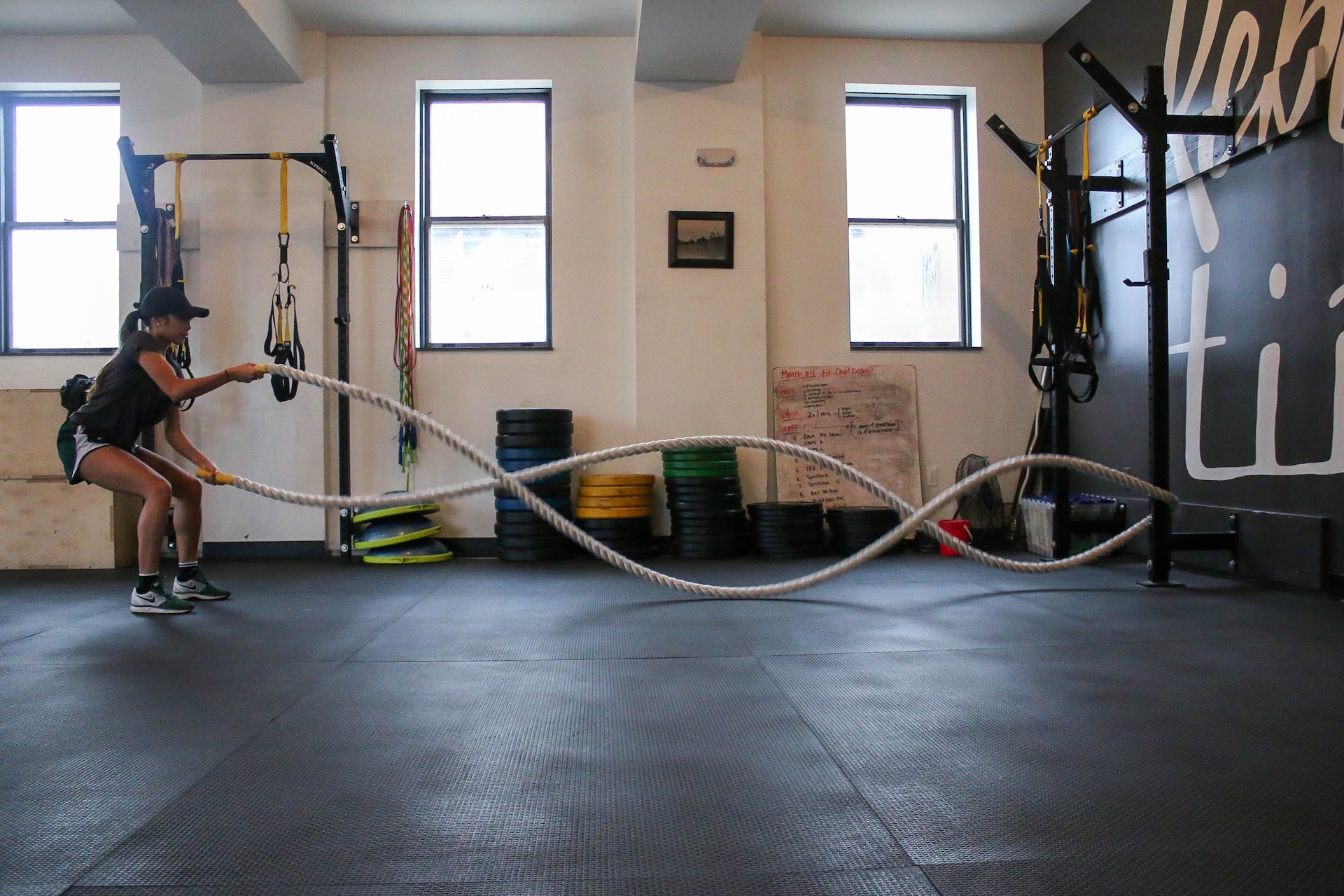




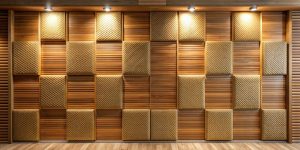
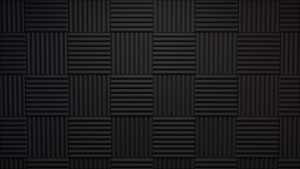
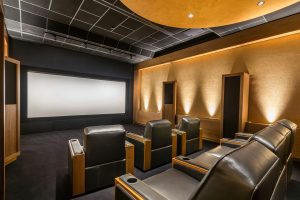





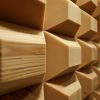



Add comment
You must be logged in to post a comment.